
Genesis Alpha One is a sci-fi roguelite merged into a starship building and resource management simulator with a little first-person shooter combat on top. Created by Radiation Blue and published by Team17, the game envisions a dystopian far future in which human society has exhausted Earth’s resources and now must colonize a new world in a strange, new galaxy. This galaxy is procedurally generated, providing countless combinations of alien landscapes and environments to extract ores, plantlife, and other resources from. Unfortunately, the ambitious combination of ideas at work in Genesis Alpha One are not matched by equally impressive gameplay, which is often tedious and uninspired.

Genesis Alpha One feels like an amalgamation of several science fiction game and media tropes and ideas from over the years. The mysterious, even eerie, synth beats of the soundtrack almost resemble the planetside exploration tracks of the original Mass Effect. The art style of the loading screens and corporate posters found throughout your starship invoke the same presentation found in science fiction magazines and comics of the 1930’s and 40’s. The galaxy map, set on a grid full of unknown worlds and categorized mostly by the resources they can offer and the aliens who live nearby, carries a little bit of Star Control II, as does the starship building. The light roguelike elements of permadeath, procedural generation, and crew management brings to mind FTL and No Man’s Sky. The latter particularly so due to the immense amount of time dedicated to farming resources Genesis Alpha One demands. A sidequest involving the first astronauts to explore the Alpha One galaxy provides a bit of story and narrative to follow, but otherwise the game concerns itself only with its gameplay loop. The game bookends itself thematically with the crises that have led humanity to seek a new homeworld, particularly the disregard for Earth’s environment and the rise of exploitative corporations and crony capitalism. Quietly, but not so subtly, the developers pose the question to their players: Should humanity even be allowed to spread beyond Earth?

Visually, the game reflects its limited budget with a lack of graphical flair, but that actually works in its favor somewhat. The aforementioned eerie synth and techno background music, the emotionless clones you mass produce as crew members walking through the corridors and facilities you construct like mindless drones, and the void of space outside every window almost benefit from the occasionally rustic UE4 textures. Your starship feels like a sterile place, filled with organic automatons, that serve only one purpose: find humanity a new home, no matter what. The bulky computers and analog display screens are reminiscent of the technology found throughout the early Alien films, and that unsexy aesthetic fits into the game well. That losing your ship or all of your crew takes you back to the starting screen and then to a new but virtually identical ship and crew only reinforces the lonely atmosphere. Your ships are always decorated in corporate sponsor posters, and you can choose a primary corporation at the beginning for a variety of bonuses. If the underlying goal of Genesis Alpha One’s art direction was to create an atmosphere and home environment that makes the player feel like a cog in a soulless corporate machine, the result is respectably on point.

The procedurally generated alien planets suffer from the same plight of many procedurally generated games, especially those dependent on exploration: visual repetition. While considerably prettier than the bleak refineries and hangers of your starship, the various planets are mostly the same one or two planets repeated with different skyboxes, filters, and rock textures. You land on a planet, exit your transport shuttle, and will usually be faced with several patches of grass or large ferns, boulders or crystals in scattered formations, and occasionally a piece of starship wreckage that can be scanned for a random upgrade or map to an upgrade. The local wildlife are usually packs of small to medium insect-like creatures (worms, crabs, and beetles are common) or some sort of humanoid race that will use guns and other tools against you and your landing crew.

Visual repetition can be overlooked if gameplay provides some interesting mechanics, but Genesis Alpha One is deeply repetitive in its core gameplay to the point that tedium almost seems like the desired end. Every aspect of the game involves some sort of constant repetitive action and time-killing to gather resources. Scanning new sectors of space to see what they offer involves pulling up the galaxy map from the bridge terminal and holding a button for about five seconds for each individual planet and bit of debris to identify what it contains. Using the tractor beam to grab minerals from debris involves going to the tractor beam room, targeting one bit of debris, and then holding a button for five seconds to initiate a 15-20 second animation to gain exactly one unit of the resource contained inside before you can repeat this lengthy process to gain a second unit of the resource contained, and so on. You can assign a limited number of crew members to automate the various functions of your starship, but you still need to initiate each individual job for them from the same room before they’ll do anything. Once they’re working, functions like refining minerals that you’ve found planetside will take about 15-20 seconds per resource unit before the long animation for each acquisition. It truly feels like the captain should just do everything most of the time just to cut down on the excruciating amount of waiting around.

A couple jobs do benefit from assigning crew particularly because they don’t require much player input once set in motion. Clones tending the greenhouses will increases atmosphere output as long as they remain assigned there, and clones on the bridge will scan local sectors for you without being asked. Sometimes aliens will sneak aboard your ship after sucking up some debris with your tractor beam, which makes the addition of assigned crew there a bit more worthwhile than their slow working speed suggests, but you can also just plant automated turrets in the room to shoot any aliens that get aboard there, too.

Landing on planets is always the same process of sucking up minerals or plants in a circle about twice the size of your starship’s greenhouse while fending off small groups of aliens that arrive about every 30 seconds. Combat is mostly limited to holding the lock-on button and pulling the trigger while retreating from charging hostiles. You can collect random upgrades from planets occasionally, but these are mostly cosmetic or minor in scope. Most weapons function identically outside of appearance and ammo type, although some tools, like energy fences, can be deployed also. Aliens will sometimes drop DNA samples that you can research and use to create specialized clones with different skills and resistances. Mostly, this translates into more health, or doing certain jobs a little bit faster while on the starship.
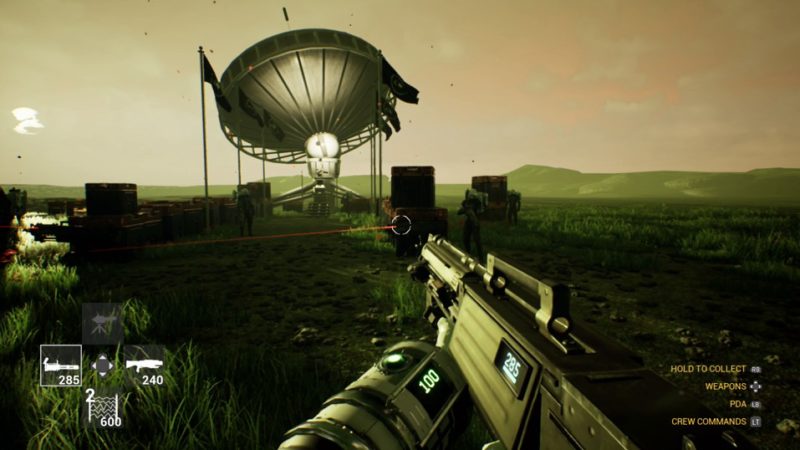
Eventually, you will discover a Genesis Candidate, which is a planet suitable for colonizing. Every Genesis Candidate has different atmosphere and crew number requirements, which serve as your endgame goals. You explore more sectors and planets to get enough resources to support enough crew (and possibly the means to modify their DNA to fit the Genesis Candidate) to finally touchdown on the Genesis Candidate and do the last mission: wipe out the local aliens that would threaten the colony. Crawling into underground tunnels to wipe out a bug alien queen is a common challenge, and it provides a little mixup to the typical resource gathering loop. You only need to colonize one planet to win the game, but you can also continue with some of your previous crew and ship to keep going for other planets in a sort-of-but-not-quite New Game Plus mode.

The actual starship building mode is well executed, outside of a fickle menu for selecting different facilities to build. The screen is easy to understand visually and allows players to scroll and rotate around different visual representations of their ship while planning out how they want different facilities, rooms, and elevators to connect. Corridors and rooms all join together by little points that can be conveniently snapped to with the push of a button. By default, the starship has about seven floors you can use: three above the starting deck and three below it. Being able to instantly create new rooms and connections and then explore your ever expanding ship is one of the best parts about the game. It’s also the most elegant component of the game, and the closest it comes to invoking its closest sci-fi roguelike counterpart FTL.

It’s difficult to recommend Genesis Alpha One, even at its budget price of 29.99 USD, because so many other games exceed or match it in every one of its elements. The argument would depend on those elements melding together to create a game that is greater than the sum of those parts. Unfortunately, the game is merely equal to the sum of its parts. Whereas a game like FTL achieves a surprising amount with its limited scope, Genesis Alpha One achieves surprisingly little despite its ambitious vision.
5.8/10
Xbox One Review
I've been gaming for 22 years, ever since my mom picked up a secondhand NES, and I've played on just about every gaming platform out there since. I think video games are one of most innovative and artistic mediums in the world today, and I'm always curious how developers will surprise me next.

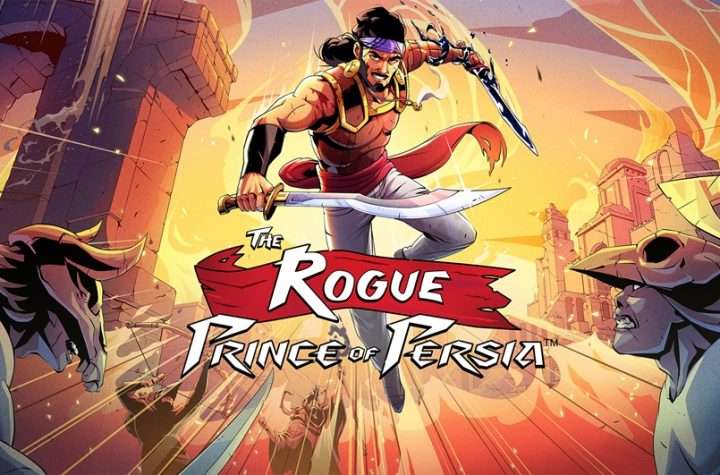
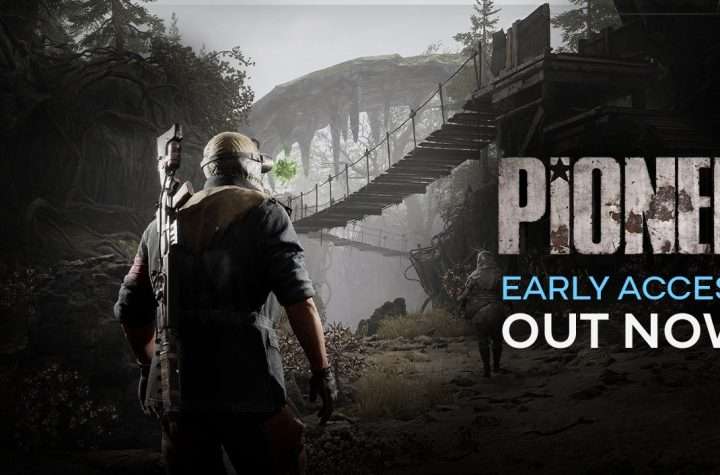
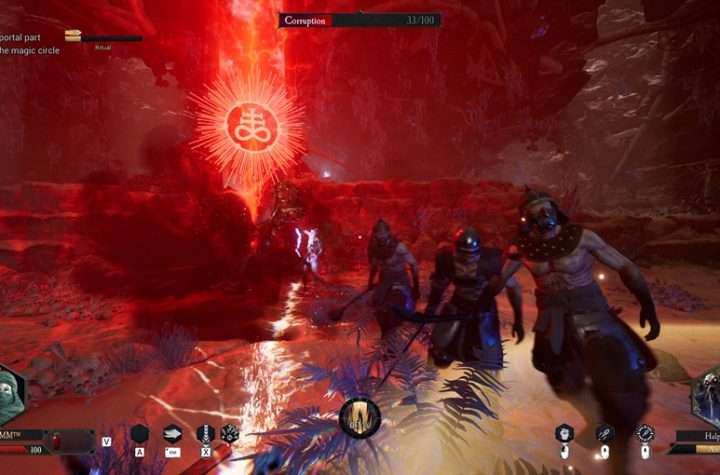
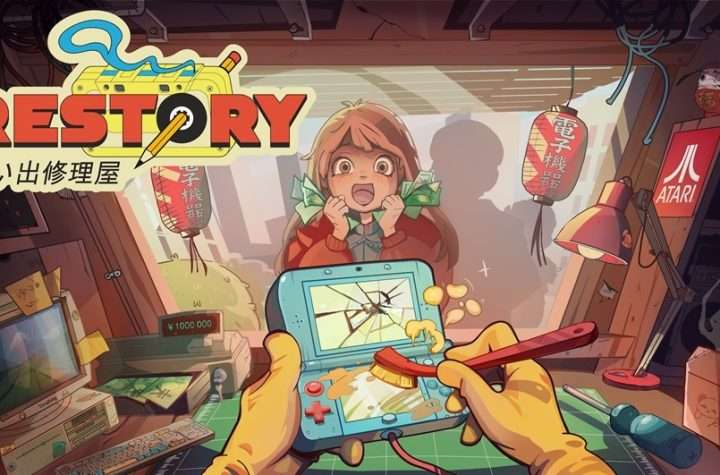
More Stories
DAIMON BLADES Preview for Steam Early Access
ReStory Preview for Steam
Firefighting Simulator: Ignite Releases Parker’s Story DLC for PC and Console